Week 3 (11/11-11/15) Book Pairings: This week, pair up a nonfiction book with a fiction title. Maybe it’s a historical novel and the real history in a nonfiction version, or a memoir and a novel, or a fiction book you’ve read and you would like recommendations for background reading. Or (because I’m doing this) two books on two different areas have chimed and have a link. You can be as creative as you like!
This week’s topic is hosted by Liz at Adventures in Reading, Running and Working from Home.
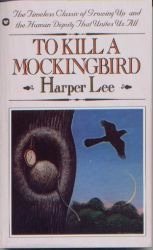
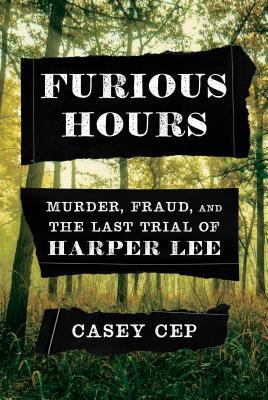
To Kill a Mockingbird by Harper Lee
This novel tops my top 5 novels of all time.
Furious Hours: Murder, Fraud, and the Last Trial of Harper Lee by Casey Cep
A hardcover copy of this nonfiction work has been sitting on my TBR shelf since its publication in 2019. According to Goodreads, it tells the “stunning story of an Alabama serial killer and the true-crime book that Harper Lee worked on obsessively in the years after To Kill a Mockingbird. . . . Lee had the idea of writing her own In Cold Blood, the true-crime classic she had helped her friend Truman Capote research.” I’m curious about how Lee got so wrapped up in this story as well as why she was never able to write a book about it.

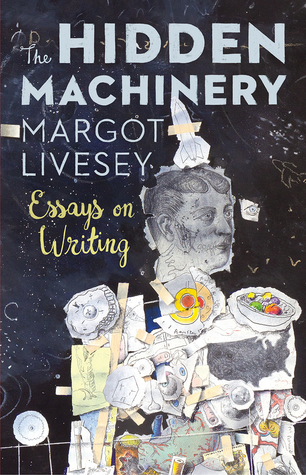
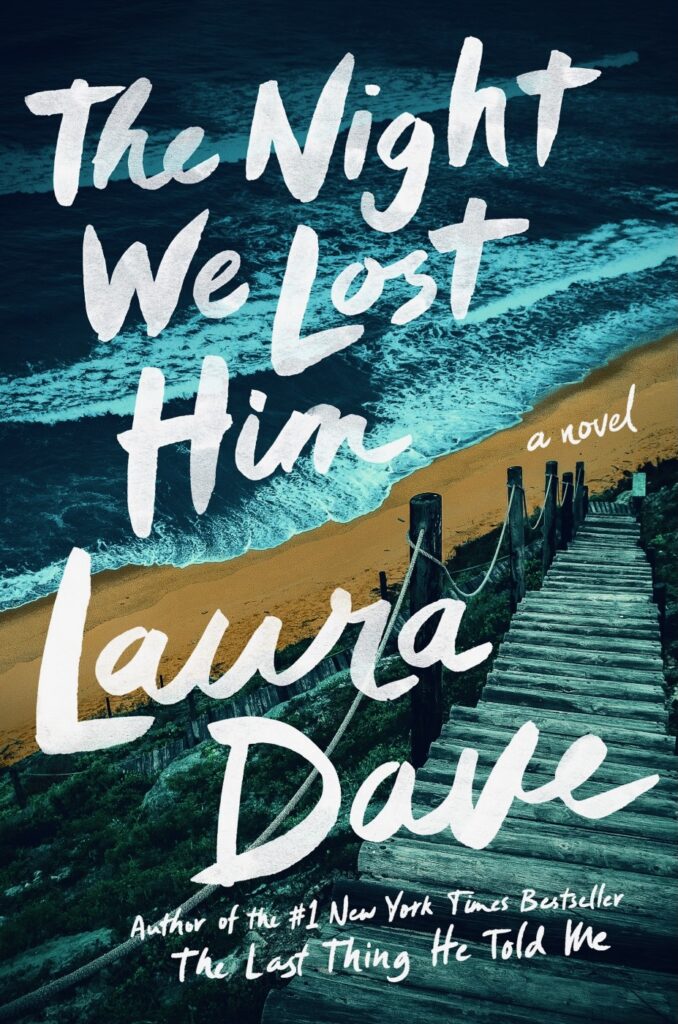
The Hidden Machinery: Essays on Writing by Margot Livesey
In this nonfiction work novelist Margot Livesey uses the metaphor of all the machinery in the basement that keeps a building running smoothly to explain how both the writing and the reading of fiction work:
“I am using the phrase ‘the hidden machinery’ to refer to two different aspects of novel making: on the one hand how certain elements of the text—characters, plot, imagery—work together to make an overarching argument; on the other how the secret psychic life of the author, and the larger events of his or her time and place, shape that argument.” (p. 29)
The Night We Lost Him by Laura Dave
I recently read this novel (though I haven’t yet reviewed it) and was amazed at how well written it is. All the parts—characters, plot, imagery—work smoothly together to create a satisfyingly complex whole.

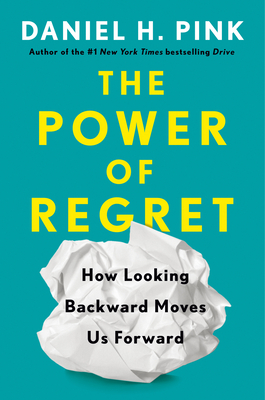
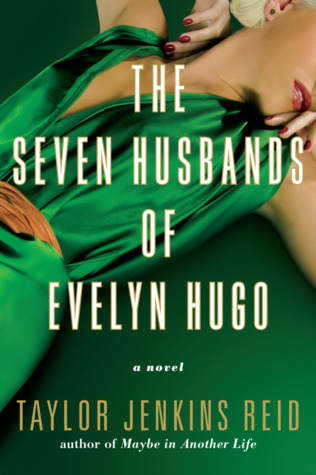
The Power of Regret: How Looking Backward Moves Us Forward by Daniel H. Pink
Here’s another nonfiction work that’s been on my TBR shelf for a while. According to Goodreads, “Drawing on research in social psychology, neuroscience, and biology, Pink debunks the myth of the ‘no regrets’ philosophy of life.” I purchased The Power of Regret to read because it called to mind a remark by Evelyn Hugo in the following novel.
The Seven Husbands of Evelyn Hugo by Taylor Jenkins Reid
Aging actress Evelyn Hugo is finally ready to tell the story of her rise to fame followed by her decision to leave show business after a 30-year career. Yes, she admits, she was driven by ruthless ambition, but she insists that she has no regrets, that she’d do it all over again exactly the same way.
© 2024 by Mary Daniels Brown

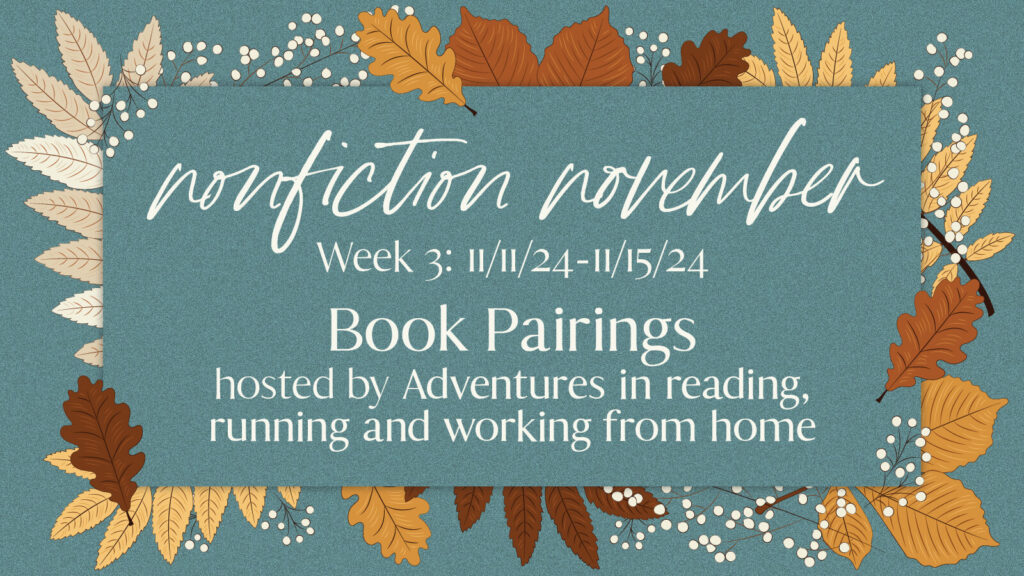
Lovely, creative pairings – thank you for taking part!
Thanks, Liz, and thanks also for hosting.
Furious Hours sounds fascinating – definitely adding that to my TBR!
Thank you.
Very interesting pairing! I read somewhere that Truman Capote basically appropriated her research and wrote In Cold Blood before she had the chance to write her own novel. I don’t know how true that is.
That’s entirely possible, from what I’ve read about Capote. There’s also a prevalent theory that Truman Capote actually wrote To Kill a Mockingbird, which would explain why that novel is so different from Go Set a Watchman and why Harper Lee never published a second novel.
So interesting! I wonder if the truth will ever come to light.
What interesting choices!
Haha! Love your Regret and Seven Husbands pairing – very clever.
The Power of Regret sounds promising.